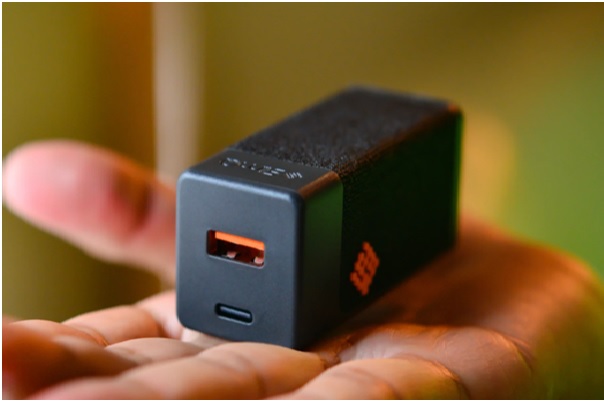Graphene Sensor Senses Opioids Metabolism in Wastewater
A sensor that detects opioid by products in wastewater faster and cheaper than current commonly used methods has been developed by U.S. National Science Foundation grantee researchers.

Figure 1: Graphene sensor detects opioids metabolism
Figure 1 shows that the graphene field effect transistor device can detect four natural and synthetic opioids simultaneously.
The team published the research in ACS Nano. The instrument can be used to monitor opioid use without violating privacy, a primary concern in the response to the ongoing opioid crisis.
The device is an emerging application of the growing wastewater-based epidemiology field, a discipline that has recently been deployed to measure coronavirus levels. [1]
Our group is interested in understanding the connections between different properties of materials and using that knowledge to create new devices and platforms.
We focus on “Quantum Materials” compounds where the responses have no classical analogue. This includes both bulk and “2D Atomic Crystals” where individual sheets can be peeled off and placed atop one another.
The group employs different optical techniques to study the lattice, magnetic, optical, thermal, electronic and quantum properties.
In addition, we have developed a clean room in a glovebox to perform all the fabrication in inert atmosphere faster, and without the need to “gown up”. This allows us to rapidly prototype new devices without using a conventional cleanroom. [2]
In addition, it is the first demonstration of using graphene-based field effect transistors, an electronic device to read the amount of charge, to detect multiple targets at the same time, according to the report.
The breakthrough was enabled by the design and implementation of the graphene electronic multiplexed sensor (GEMS) platform, Burch said.
The platform enables the sensing of four different target molecules at once, while shielding them from harsh elements in waste water, samples of which were provided by the Mass. Alternative Septic System Test Centre (MASSTC) on Cape Cod.
The team fitted the graphene probes with "aptamers," strands of DNA designed to only attach to a specific molecule -- in this case, metabolites of various opioids in waste water. When the aptamer attaches to the drug it folds, bringing more charge to graphene. The amount of charge on the graphene is monitored to detect the presence of a specific opioid metabolite, Burch said.[3]
References:
- https://www.technology.org/2022/03/28/graphene-sensor-opioid-wastewater/
- https://www.azonano.com/article.aspx?ArticleID=6031
- https://www.sciencedaily.com/releases/2022/02/220225173604.htm
Cite this article:
Sri Vasagi K (2022), Graphene sensor senses opioids metabolism in wastewater, AnaTechMaz, pp. 119















